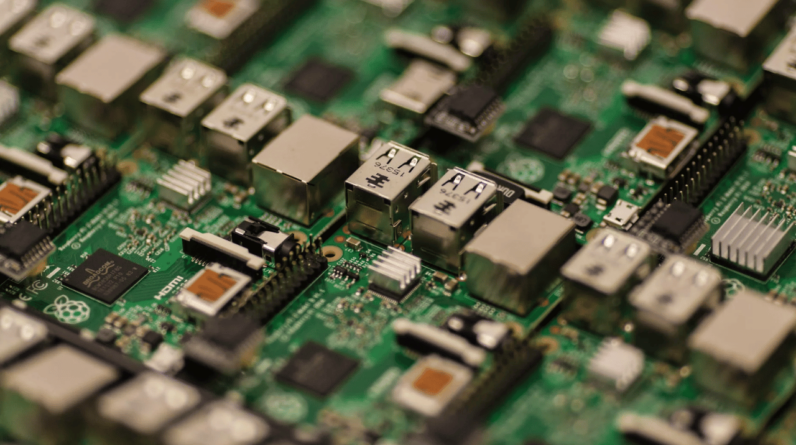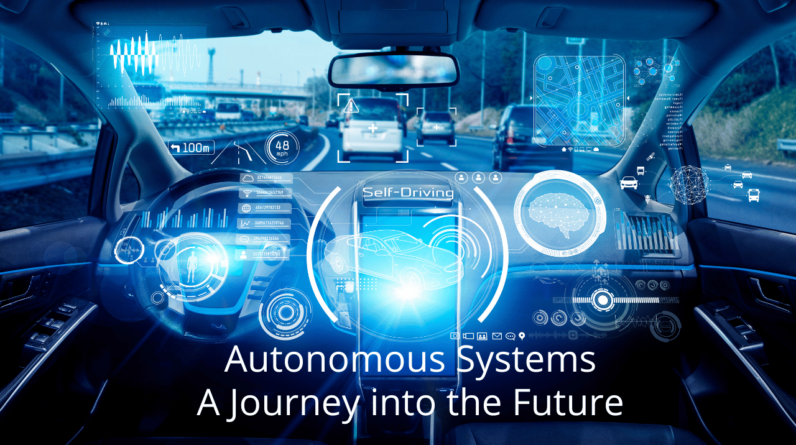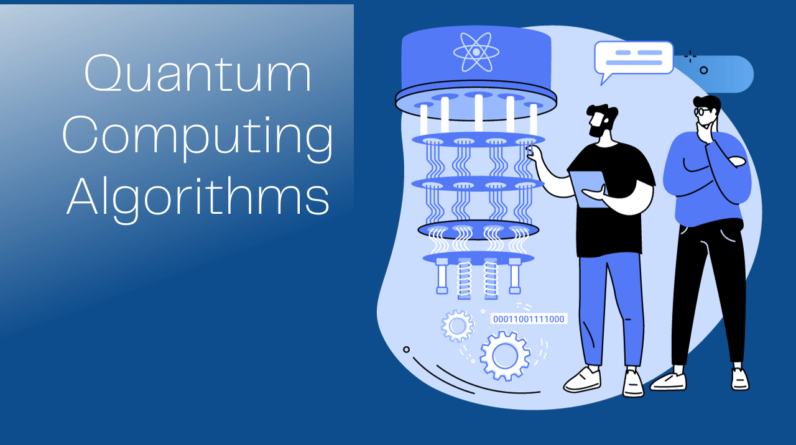
Technological advancements have always had an impact on jobs and the labor market, but with the rise of automation and robotics, the concern of technological unemployment has become more prevalent. The fear that robots are replacing humans in the workforce and stealing jobs has ignited debates among economists and professionals.
Impact of robots on employment
Technology continues to reshape various sectors and aspects of our lives, including the workforce. The rise of automation and artificial intelligence (AI) has led to concerns about the impact of robots on employment.
Robots have started to replace both routine manual as well as cognitive tasks. While this promises increased efficiency and productivity, it also raises questions about job security and the potential displacement of human workers.
Let us explore the concept of technological unemployment and its ramifications.
Technological Unemployment
Technological unemployment refers to the displacement of human workers due to automation and the use of advanced technologies.
As robots and AI become increasingly capable of performing tasks that were traditionally done by humans, the fear of job loss has become more prevalent. The potential consequences depend on the extent to which technology usurps human roles, leading to shifts in the job market.
While some argue that technology creates new job opportunities and enhances productivity, others express concerns about the potential long-term effects on employment rates.

Job Displacement
One of the key areas of concern regarding robots and employment is job displacement.
Jobs that involve repetitive and predictable tasks are particularly vulnerable to automation. Factories and manufacturing plants, for example, have witnessed a significant decrease in human workers as robots take over assembly line operations.
Additionally, advancements in AI and machine learning have enabled automation in areas such as customer service, data entry, and even some aspects of healthcare. This displacement of jobs raises questions about the re-employability of these workers, especially those in lower-skilled roles.
Furthermore, the shift towards automation can lead to a polarization of the job market. While high-skilled and specialized roles may continue to thrive, there is a risk of exacerbating income inequality, as low-skilled workers face challenges in finding alternative employment.
Conclusion
The impact of robots on employment is a complex and evolving topic. While automation and AI have the potential to enhance productivity and create new job opportunities, there are valid concerns about job displacement and the welfare of workers in an increasingly automated world.
It is crucial to find a balance between embracing technological advancements and ensuring the well-being of employees. Governments, organizations, and society as a whole must work together to reskill and upskill the workforce, focusing on areas where human capabilities are irreplaceable, such as creativity, empathy, and critical thinking.
Ultimately, the future of work will depend on how we navigate and adapt to the changing landscape of technology, addressing the challenges posed by robots and automation while harnessing their potential for the benefit of all.
Read more:
Digital wellness: Finding a balance in the tech-obsessed era
AI Tools Revolution: How AI Tools is Changing Marketing Ways
Role of Technology: The Savior or the Destroyer?






